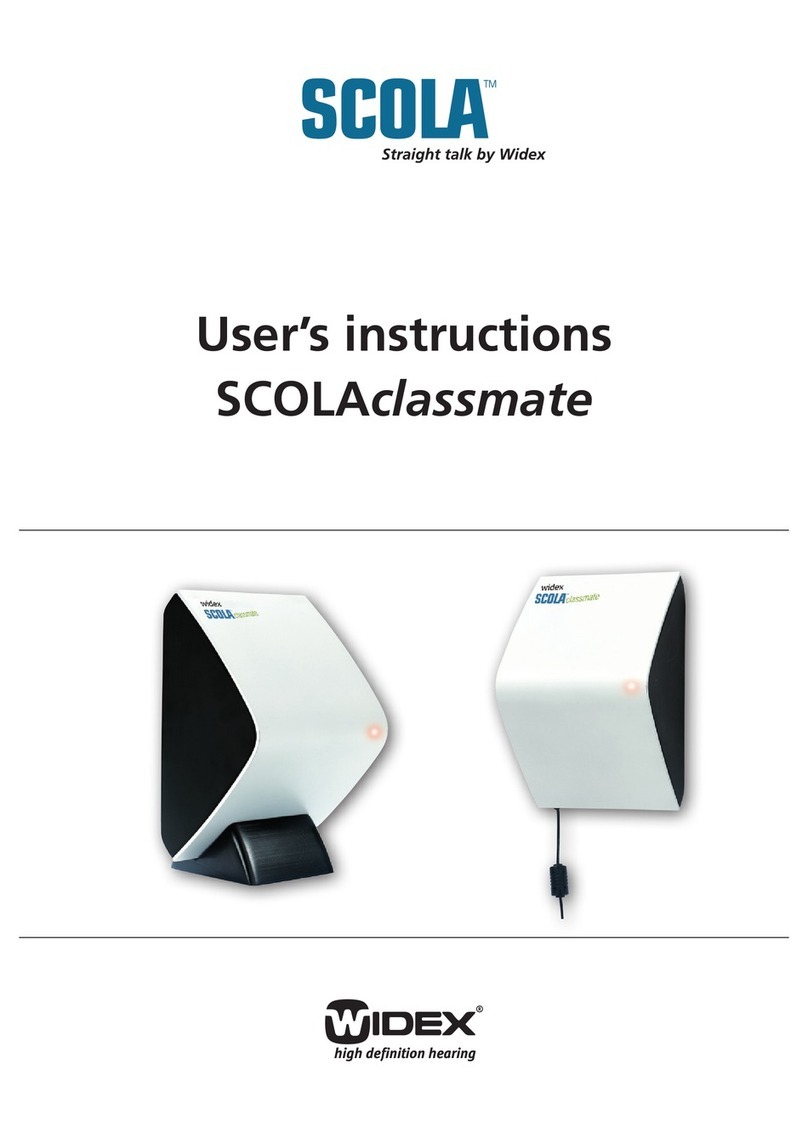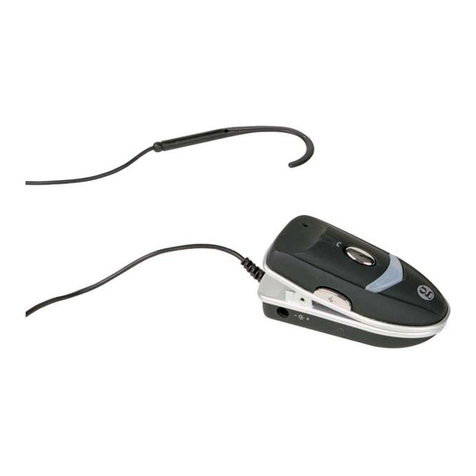Widex B2X The Bravo Series User manual
Other Widex Hearing Aid manuals

Widex
Widex Evoke EC ERE User manual

Widex
Widex Baby User manual

Widex
Widex mind 220 Series User manual

Widex
Widex EVOKE User manual

Widex
Widex EVOKE ERB0 User manual

Widex
Widex B11 User manual
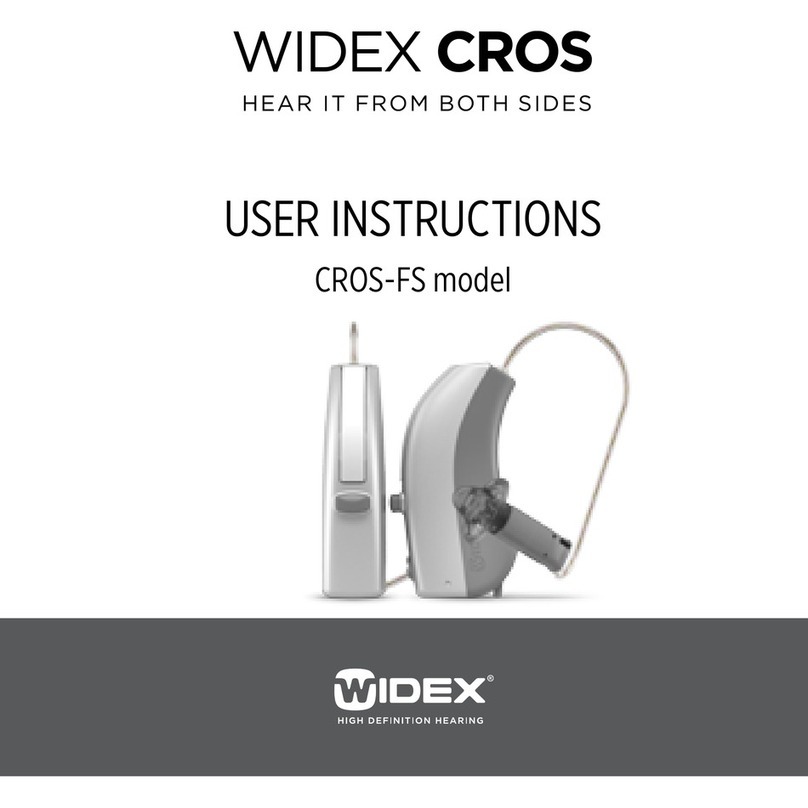
Widex
Widex CROS-FS User manual
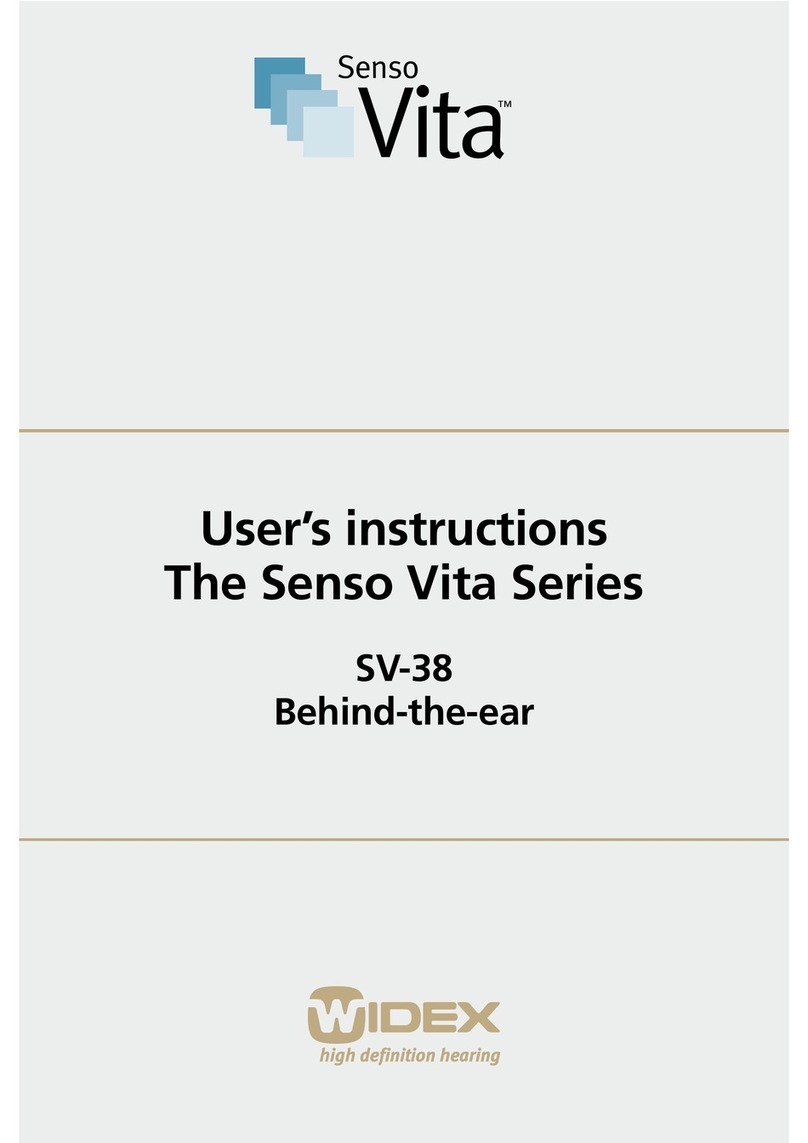
Widex
Widex Senso Vita SV-38 User manual
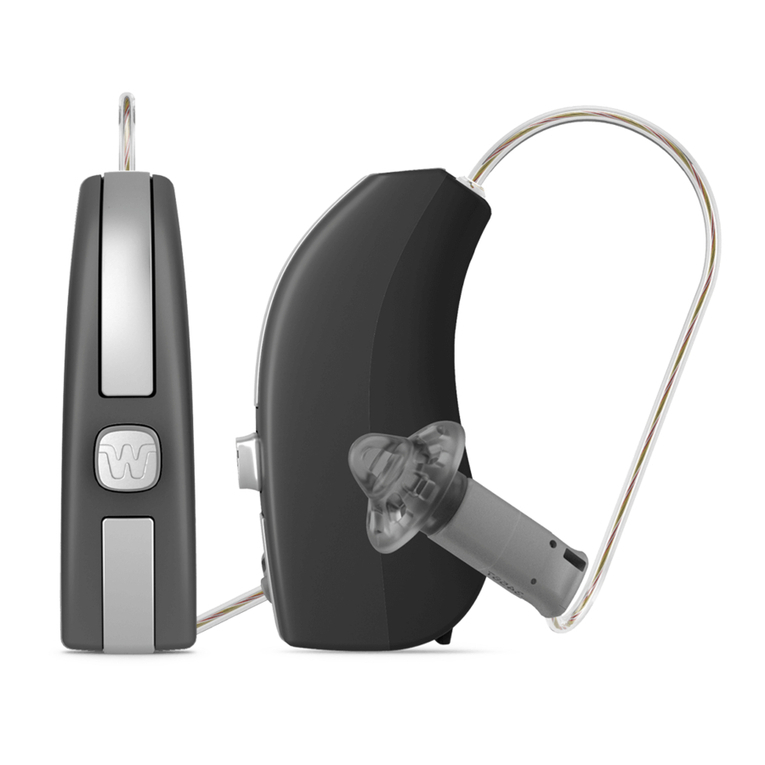
Widex
Widex Inteo IN-9 User manual

Widex
Widex B2X User manual
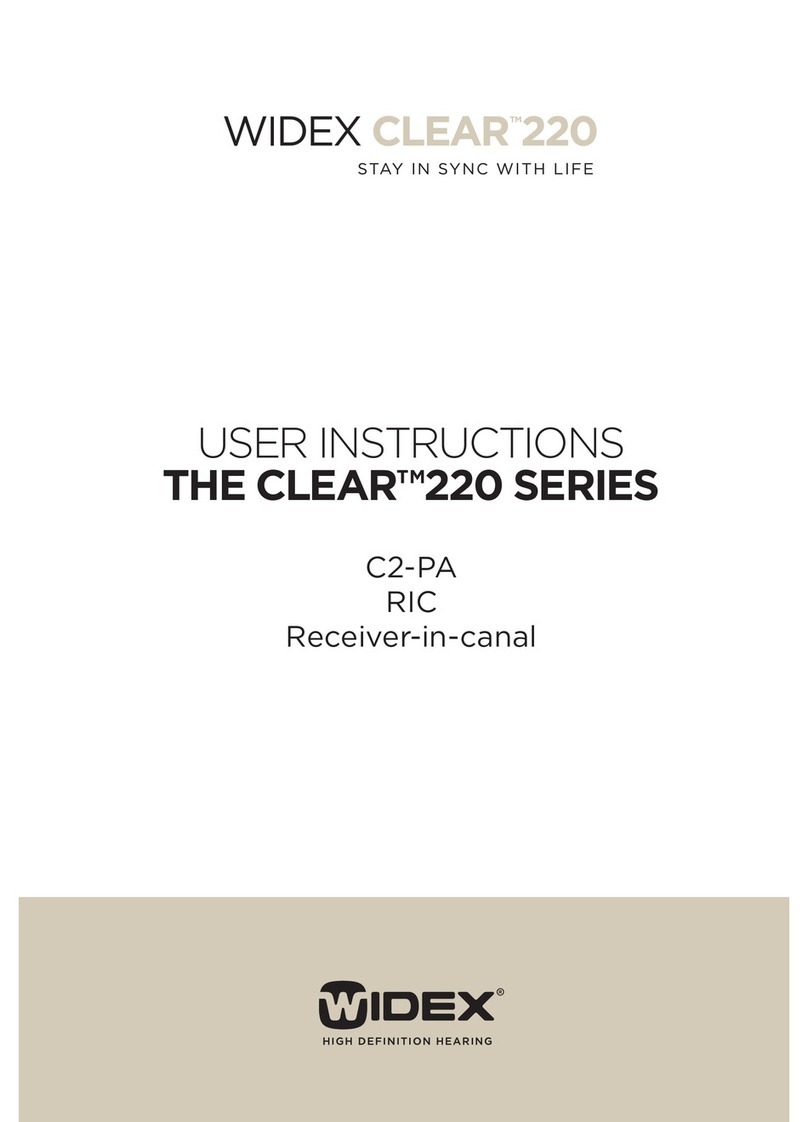
Widex
Widex CLEAR 220 SERIES User manual
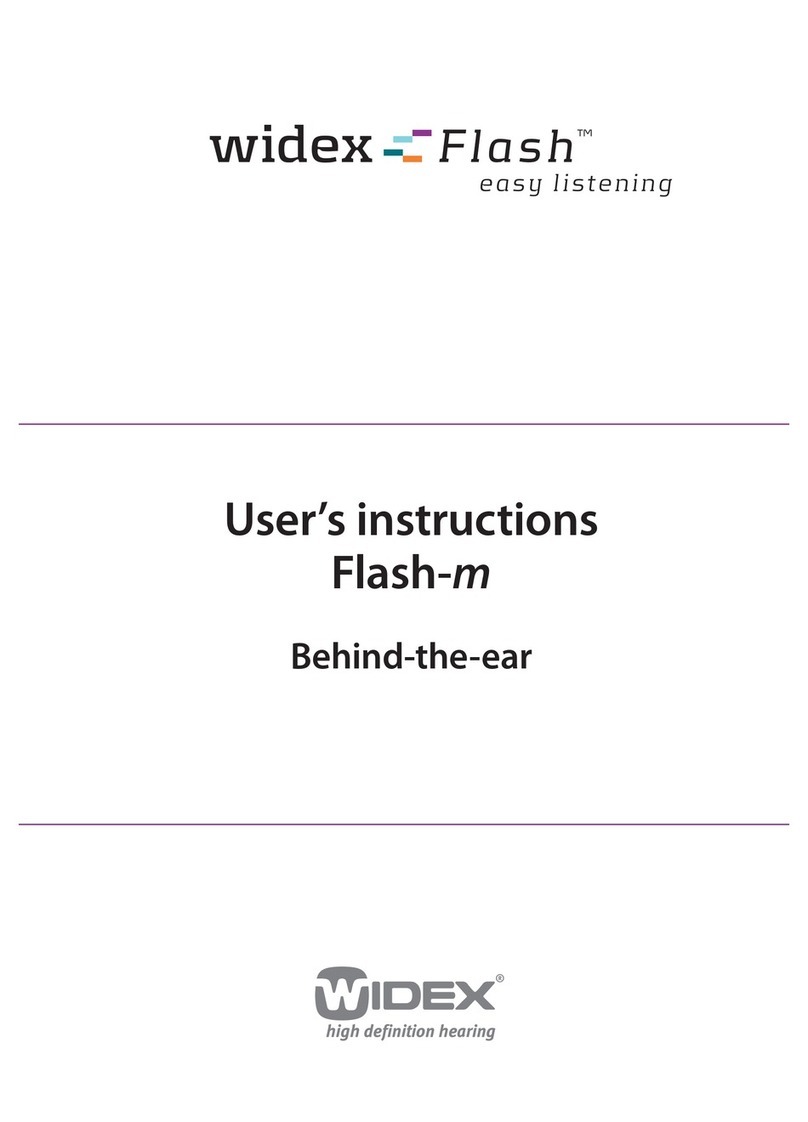
Widex
Widex Flash-M User manual

Widex
Widex The MENU ME-9 User manual

Widex
Widex The mind 440 Series User manual
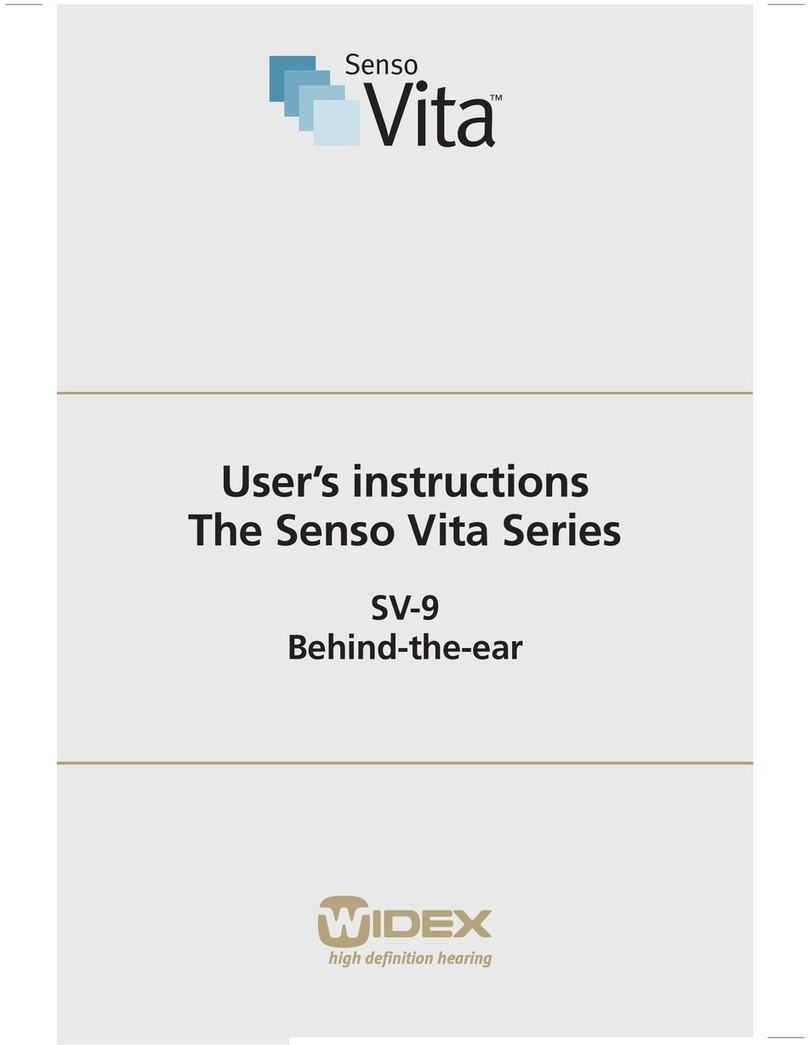
Widex
Widex Senso Vita SV-9 User manual
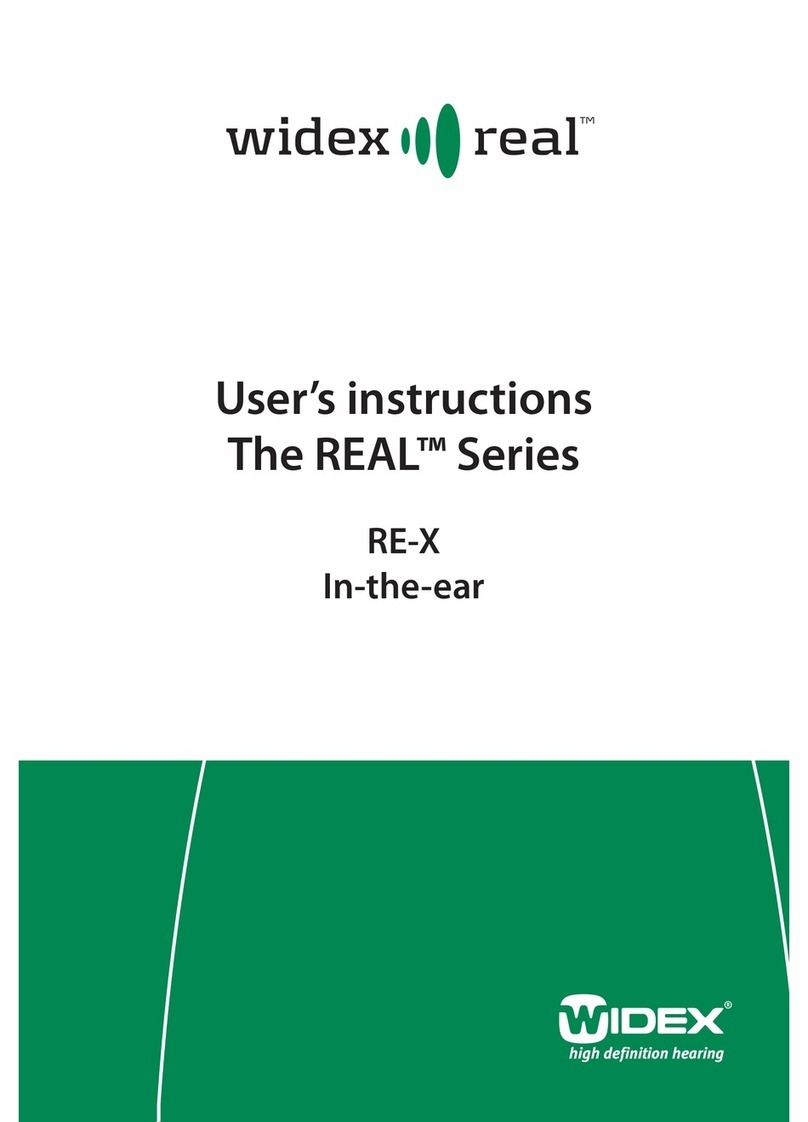
Widex
Widex RE-X Real Series User manual

Widex
Widex The mind 440 Series User manual
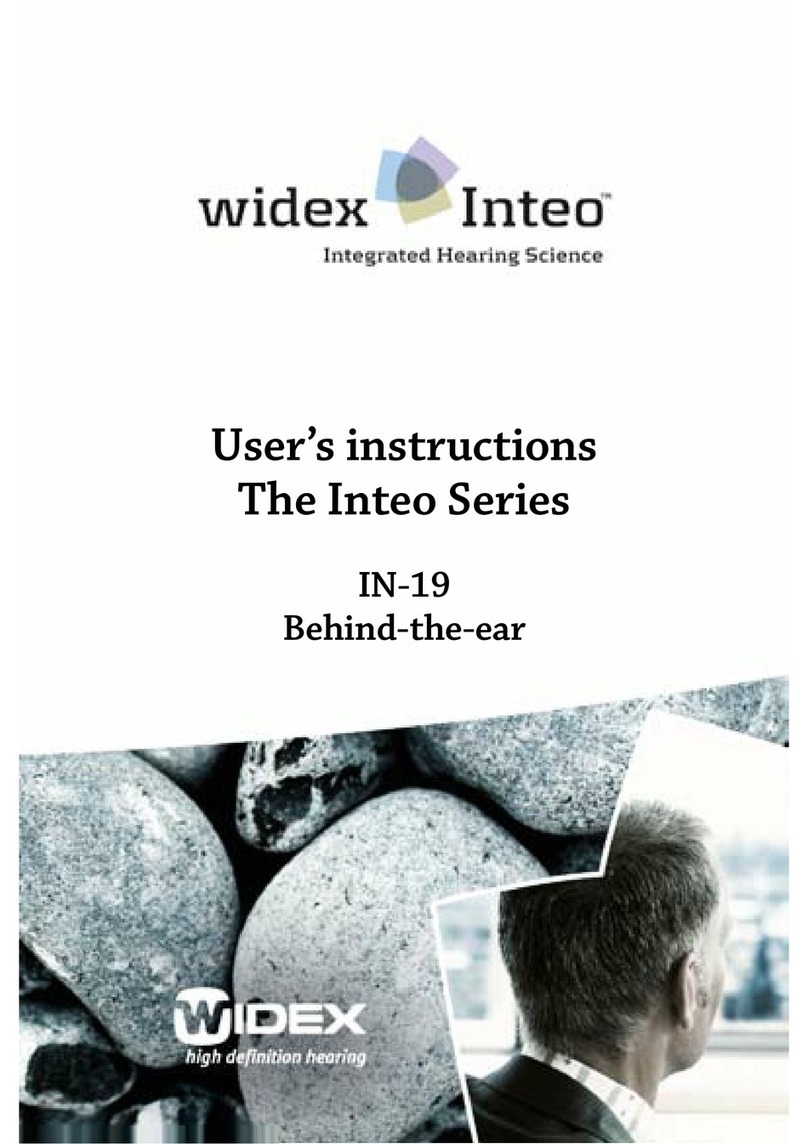
Widex
Widex INTEO IN-19 User manual

Widex
Widex MOMENT Series User manual

Widex
Widex DREAM440 THE DREAM SERIES User manual
